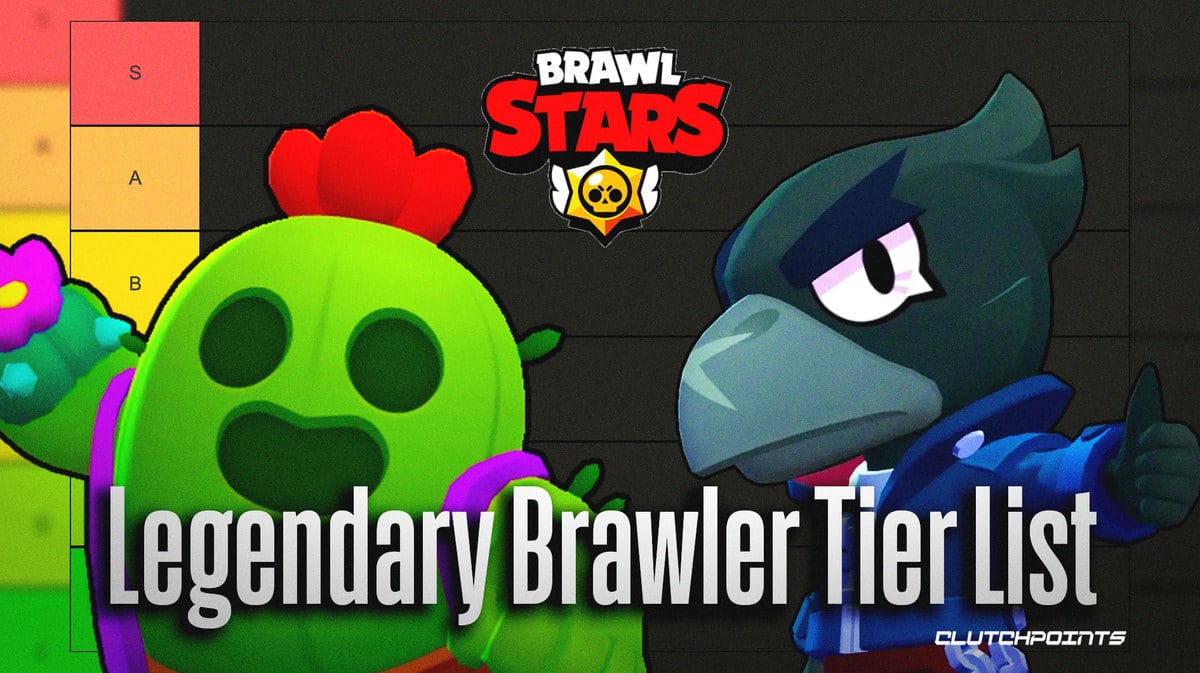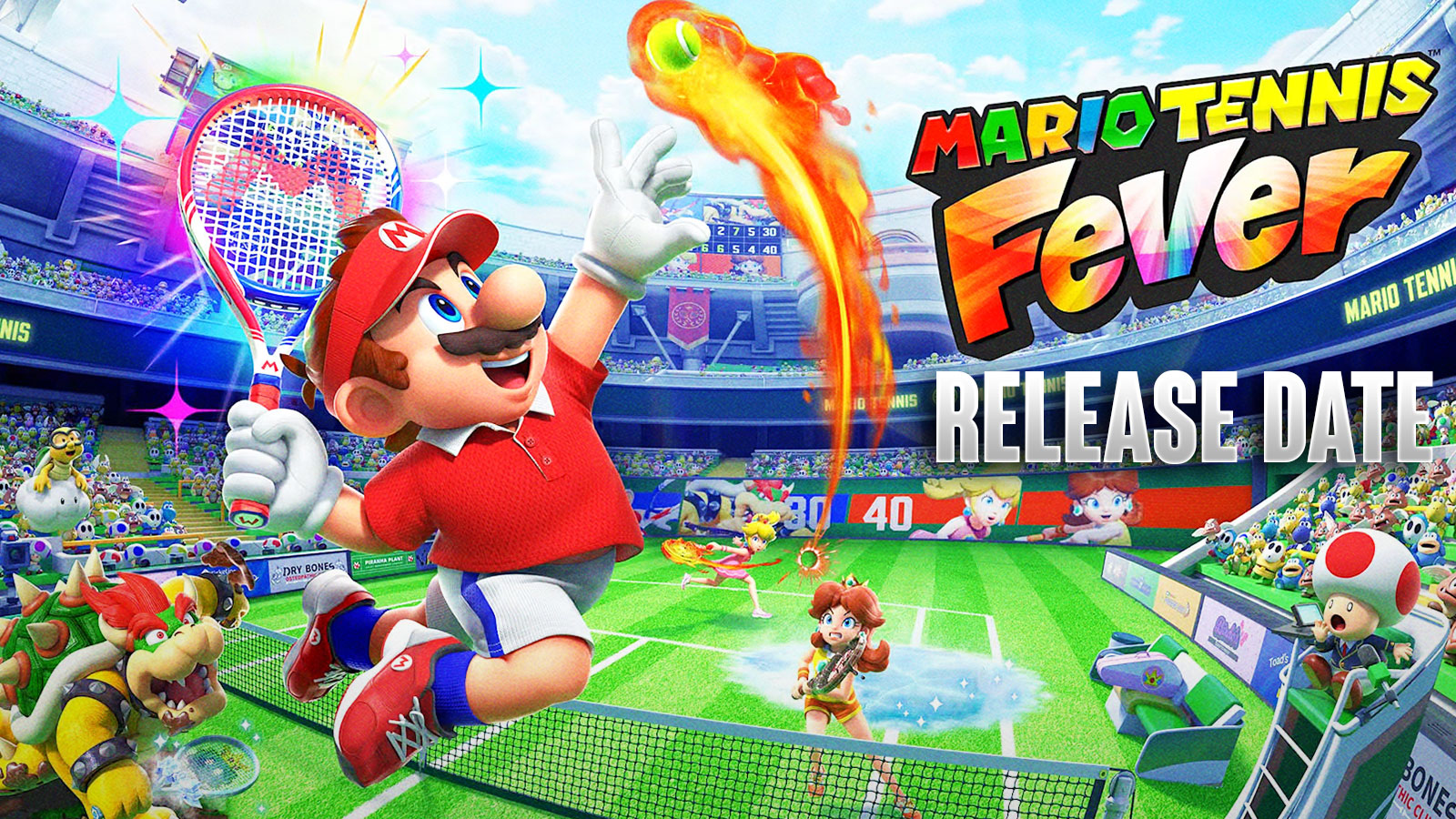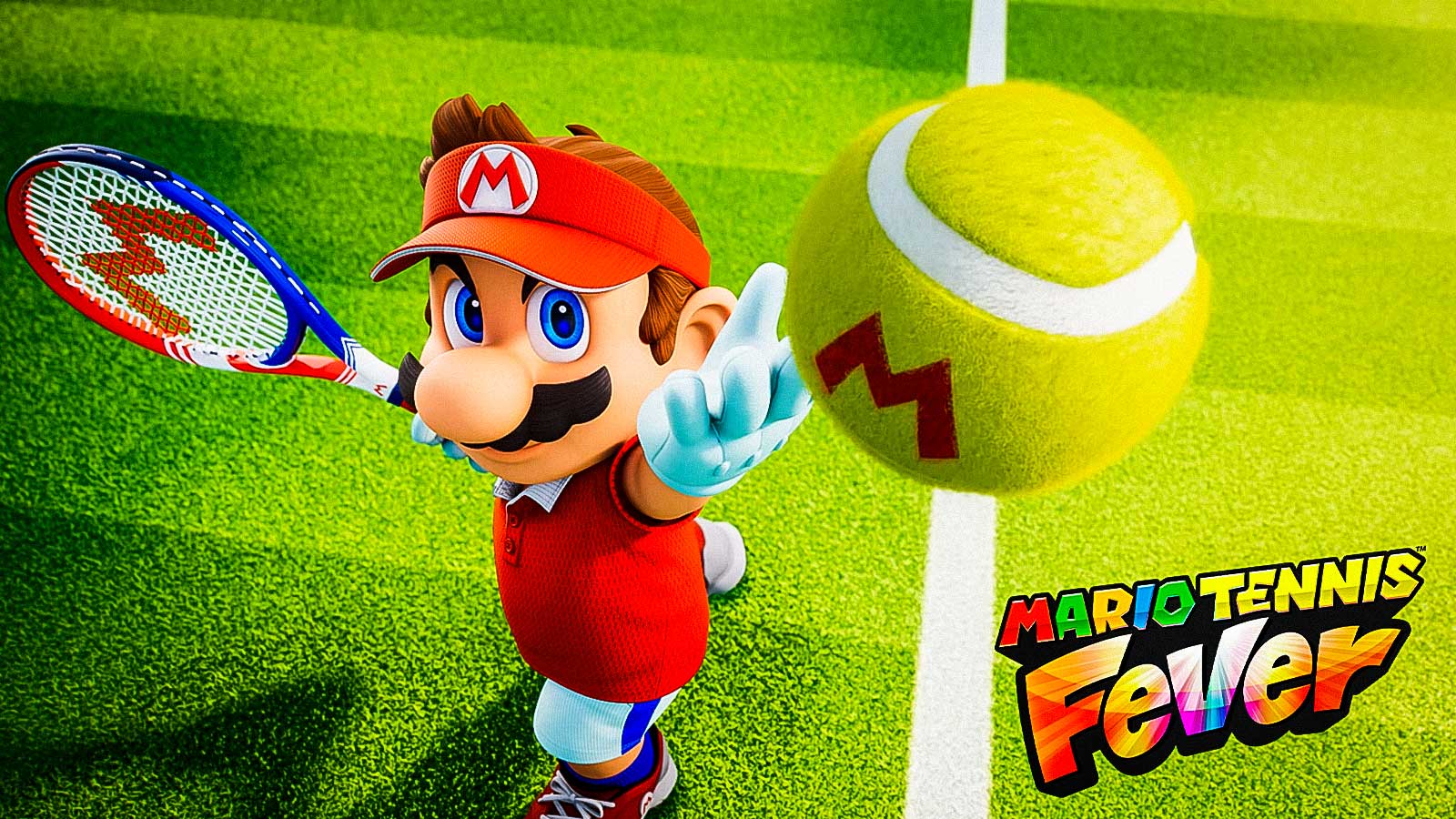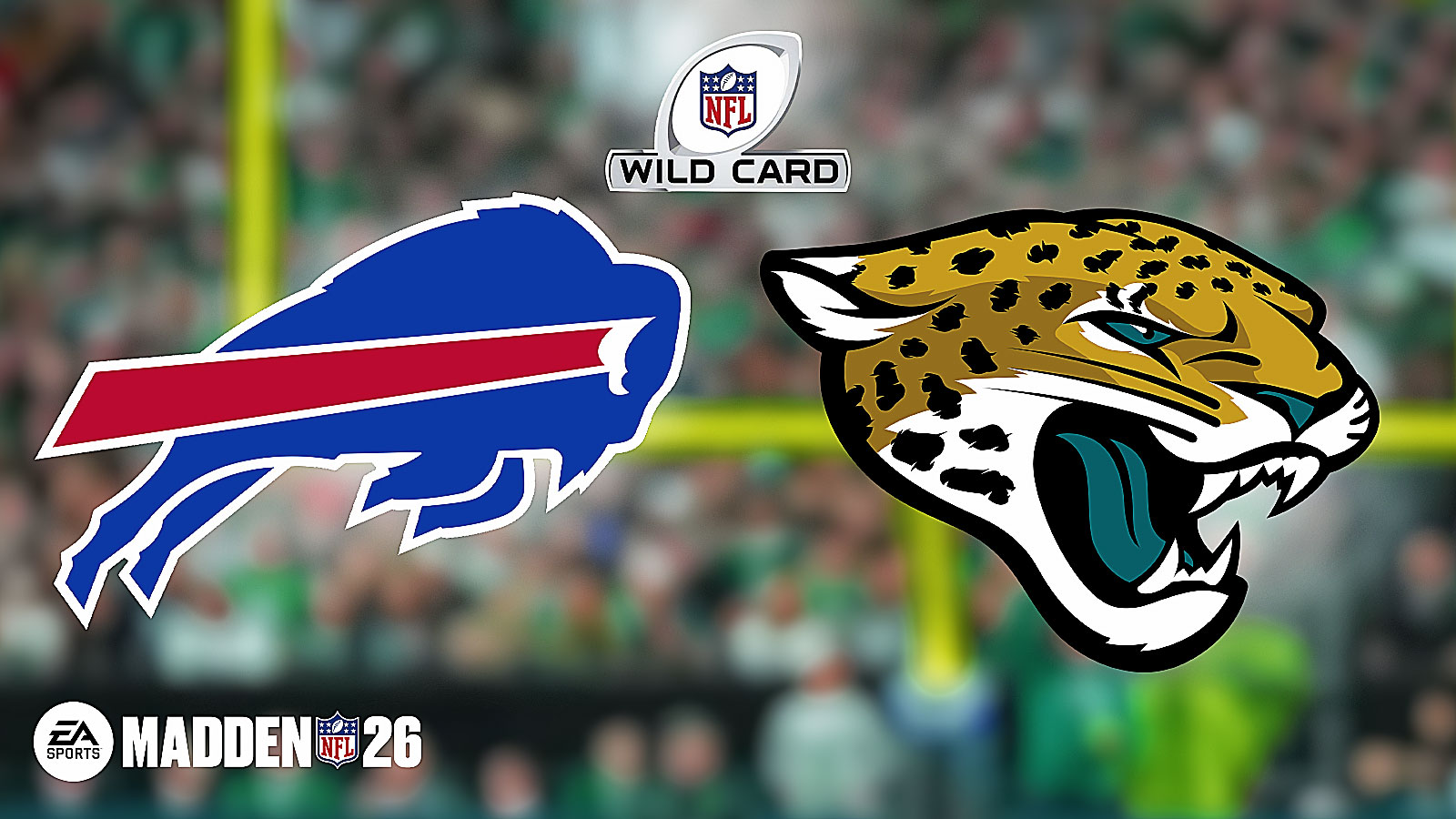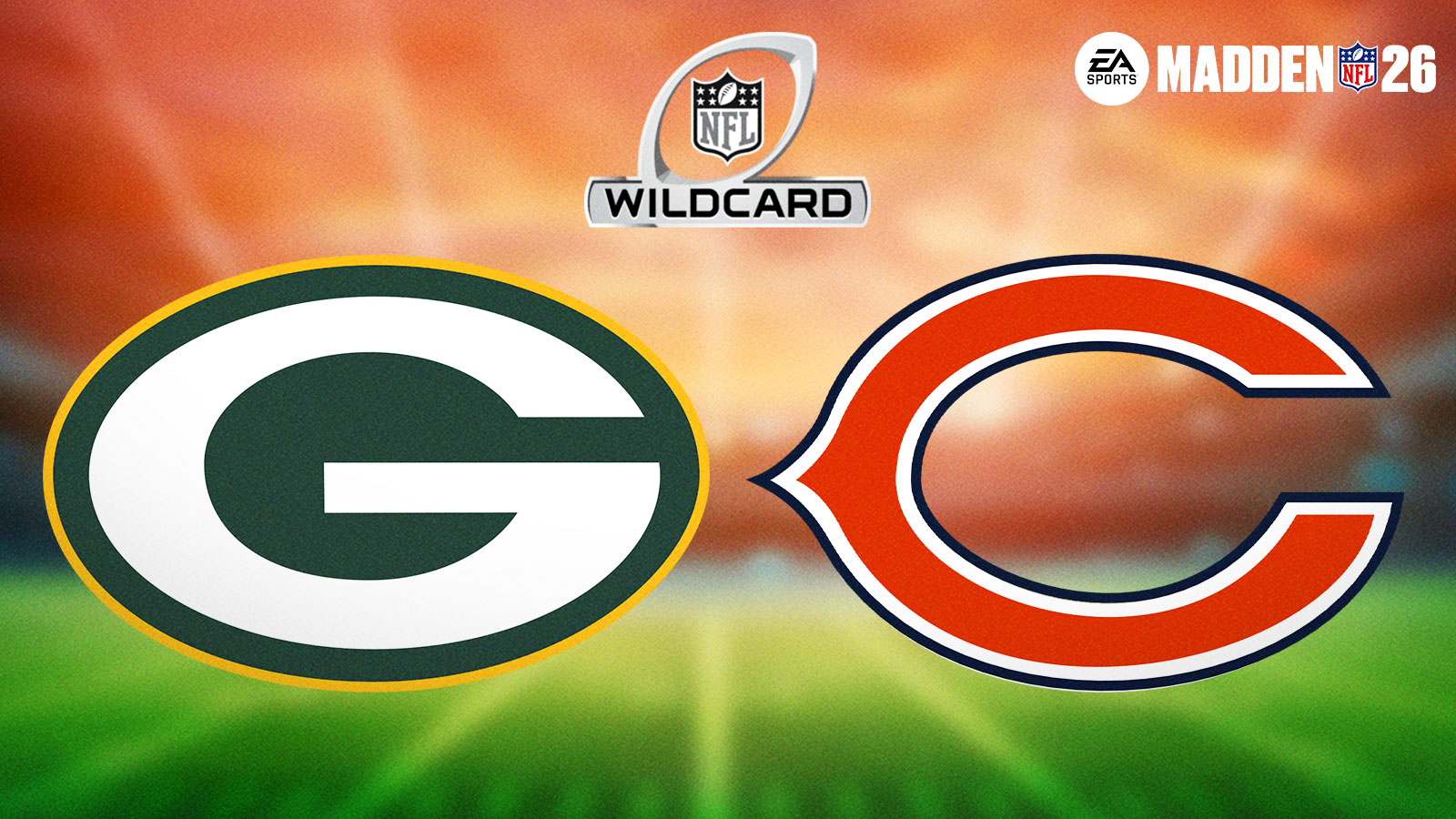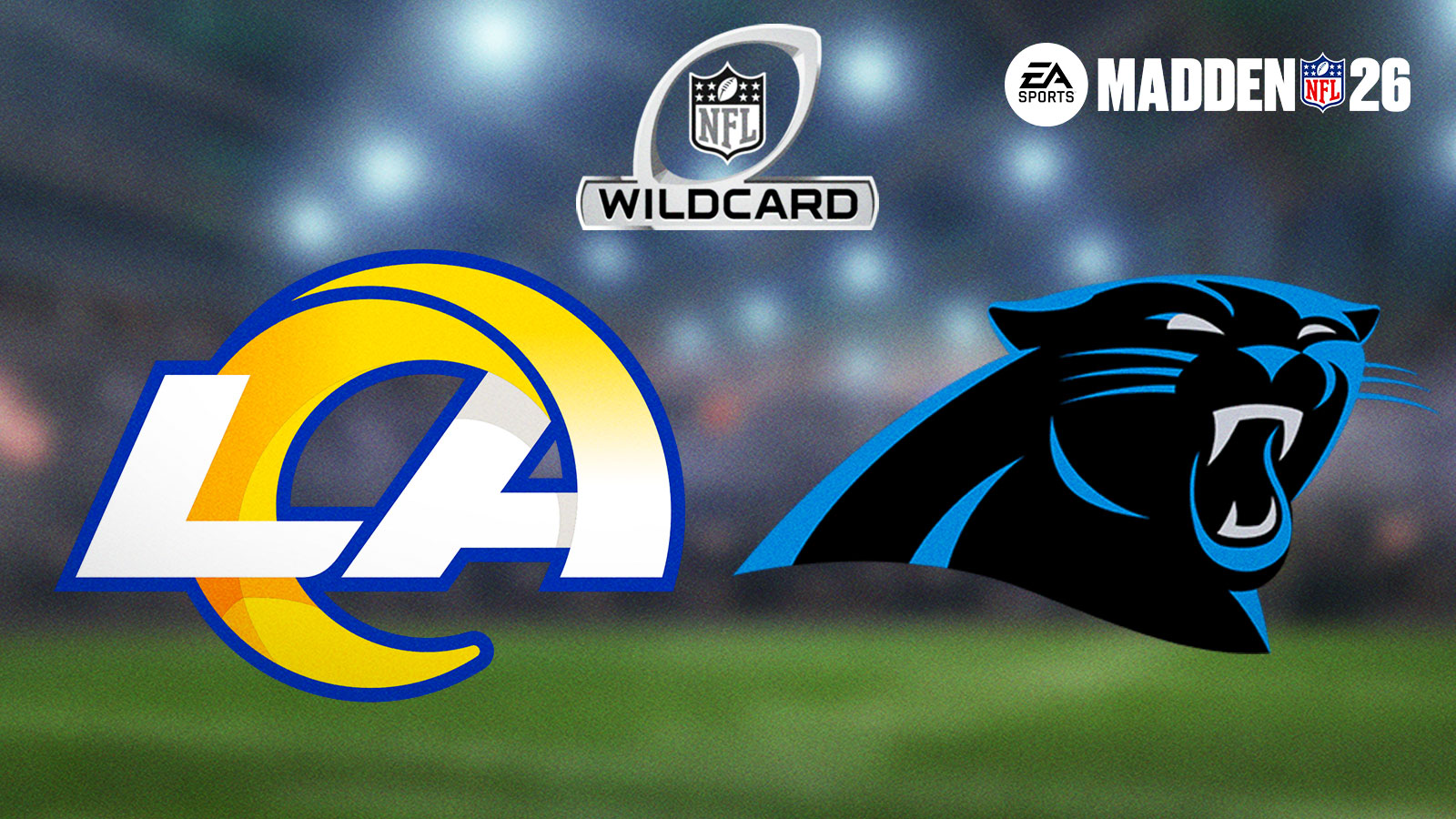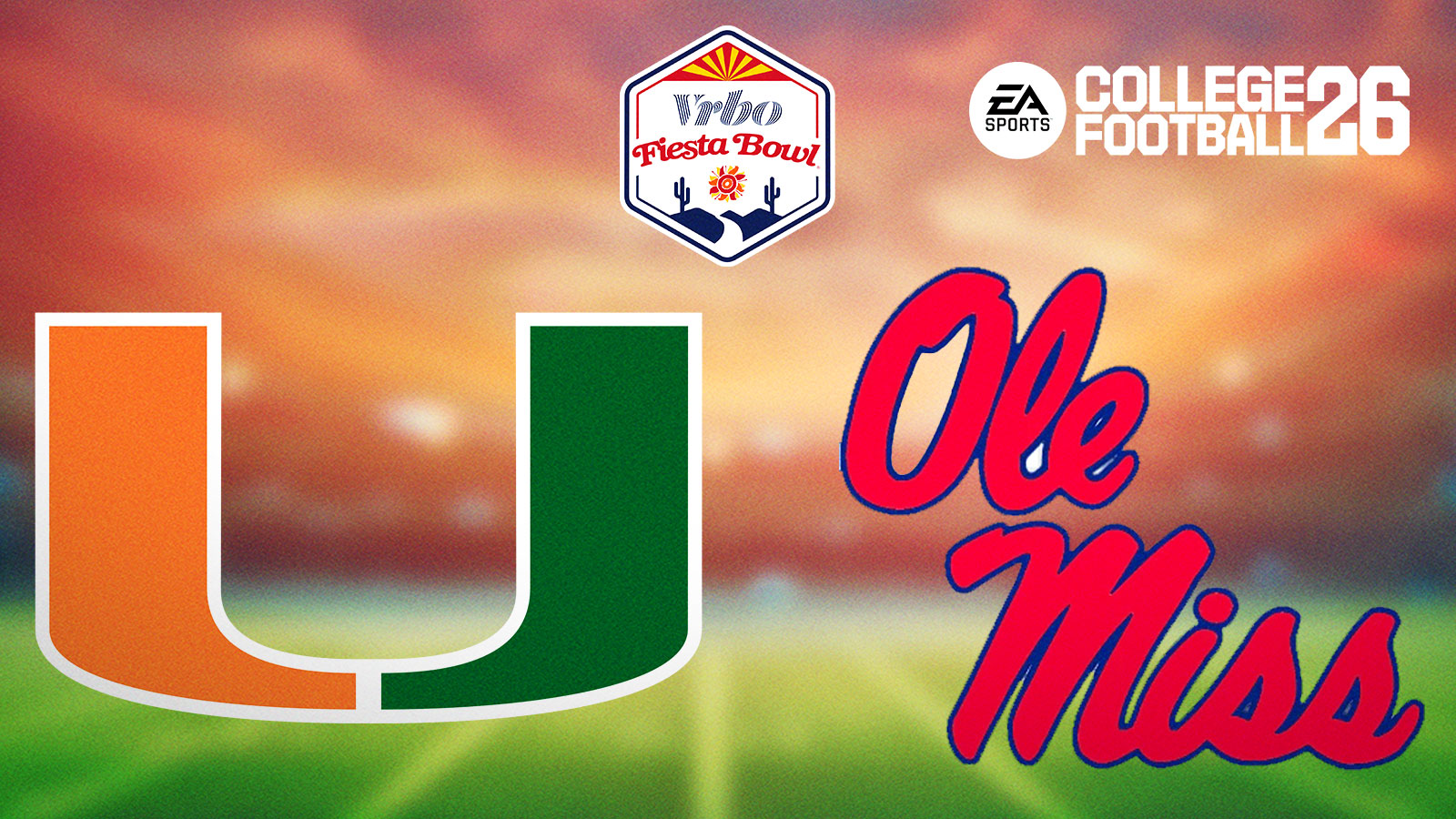Sparg0's impressive first place finish in the recent Smash Ultimate Summit 4 amazed many onlookers. It also represents a welcome return to tradition, with Sparg0 forgoing the increasingly popular Pyra & Mythra for the character that started it all for him—Cloud.
Cloud is a highly underrated character in Smash Ultimate. His long-ranged attacks with the Buster Sword make him an incredible threat in most positions.
With that said, this guide will lay out everything an up-and-coming Cloud player needs to know to succeed in Smash Ultimate.
Super Smash Bros. Ultimate: How To Use Cloud
Neutral
Stage Control
When the match starts, players are in a “neutral” position. This means that both players have equal space to move around, and neither has an advantage based on where they are. Your goal in the neutral is to hit the opponent to put them into a disadvantageous position.
What constitutes a disadvantageous position is based on “stage control.” Stage control is the amount of space controlled by a player and can be kept track of using the amount of stage behind either player. More stage means more stage control, and less stage means less stage control. This is almost strictly because of the ability to move away from the opponent. If a player can't move away from their opponent, they won't be able to escape the range of their opponent's attacks.
A majority of attacks cannot be reacted to, which forces the cornered player to act preemptively to avoid getting hit. This can be taken advantage of, making the cornered position an advantage.
Playing the Neutral
There are a lot of nuances that go into playing a neutral position, but the most important thing to keep in mind as a Cloud player is spacing. Spacing is just staying at a range where one's attacks are most effective. For Cloud, this is just the range where he can hit the opponent with the very tip of his attacks. This makes it so that even if the opponent blocks an attack with their shield or avoids it entirely, it's unlikely that they'll be able to punish afterward.
Cloud's go-to attack in neutral is going to be his back air. This move is quite simple to perform. With Cloud's back turned to the opponent, jump, tilt the stick opposite your facing direction, and press attack. Alternatively, the last two inputs can be performed simultaneously by flicking the right stick opposite Cloud's facing direction. Aerial attacks are safer when done lower to the ground, so try to delay them as much as possible. Remember, it's important to space so that the back air hits from as far as possible!
It's essential to pay attention to how the opponent responds to spaced back airs. There are so many different options that listing them all would be fruitless, and it's something best learned through experience and critical thinking. If they're blocking it with their shield, consider grabbing them. If they're waiting just outside of its range to look for an opening, consider closing the gap with a dash attack or down tilt. Perform a down tilt by tilting the left stick down and pressing the attack button.
Advantage
Combos
Converting a hit into an advantaged position will look different for every move. For example, if a back air hits, try doing a combo into a side special or side tilt. From a grab, throw the opponent into the nearest corner with a back or forward throw. It's worth going into training mode to figure out what each move combos into.
Pressuring the Corner
With the opponent in disadvantage, the goal is simple. Keep them there and try to rack up as much damage as possible. The opponent has several viable options to escape the corner. Rolling, in particular, is the option that warrants the most attention. If the opponent can roll past Cloud, they can completely recover stage control by reversing the positions. This means that staying at roll distance is necessary to punish rolling on reaction.
On the other hand, if the opponent recognizes what's going on, they can choose to wait in the corner. This makes it necessary to cover roll and threaten to hit the opponent in the corner simultaneously. The easiest way to do this is by spacing a back air to hit the opponent in the corner before jumping back to roll distance and throwing out another back air. Some other options that can pressure the opponent into acting include forward tilt and forward air.
Sometimes, the opponent may retaliate with a quick attack to close the gap. This is called a “burst option” and includes most dash attacks. If the opponent looks like they're getting ready to burst out of the corner, dash back to avoid getting hit before going back in for a punish. The advantage is another area where critical thinking becomes necessary, so consider how the opponent responds to different things and don't hesitate to get creative!
This guide has barely begun to scratch the surface of how to play Cloud in Smash Ultimate, but having a basic understanding of how to play the neutral and advantage is going to give any player a substantial headstart. It goes without saying that these things take a bit of practice, but it's nothing that can't be learned without a couple of hours on quickplay.








